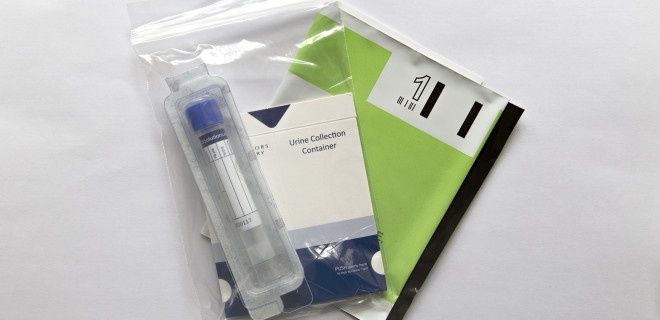Read our guidance on having sex while managing the risk of COVID-19
Managing the risk of COVID-19 is our new normal when it comes to everything from public transport and shopping to visiting the hairdressers. That’s also true when it comes to having sex.
Research by the charity in partnership with sexual health clinic 56 Dean Street in June found that 84% of people hadn’t had sex with someone outside of their immediate household since lockdown began. But, as restrictions continue into a sixth month and are starting to be lifted, asking everyone to refrain from sex entirely is no longer realistic.
While stating that you or someone in your household is the best choice of consensual sexual partner, the new guidance includes practical advice like sticking with one partner or as few partners as possible. It's also clear that if either person is feeling unwell, then they shouldn’t have sex.
Other tips include avoiding kissing, wearing a face mask and favouring positions where you’re not face-to-face, as well as using condoms or dams for oral sex and rimming.
There's also information about the importance of thinking about sexual health before starting to have sex again. That includes the strong recommendation of getting tested for sexually transmitted infections before starting to have sex again.
Free HIV postal test kits are available to order online and do at home.
Dr. Michael Brady, Medical Director at Terrence Higgins Trust, said: “Sex is a very important part of life and asking people to avoid sex indefinitely isn’t realistic. That’s why, as the COVID-19 pandemic continues, we all need to find ways to balance our need for sex and intimacy with the risks of the spread of COVID-19.
“We’re clear that abstaining from sex is the best way to protect yourself from coronavirus. But we hope by issuing this advice we will help people to manage the risks of COVID-19 while also being able to have and enjoy sex.”
Our free, confidential helpline THT Direct is available for any additional questions about sex and managing the risk of COVID-19.


